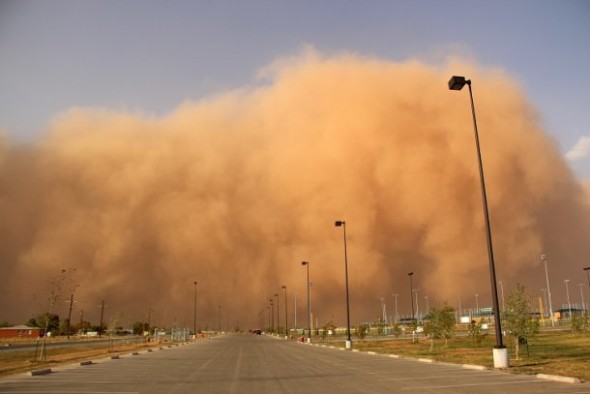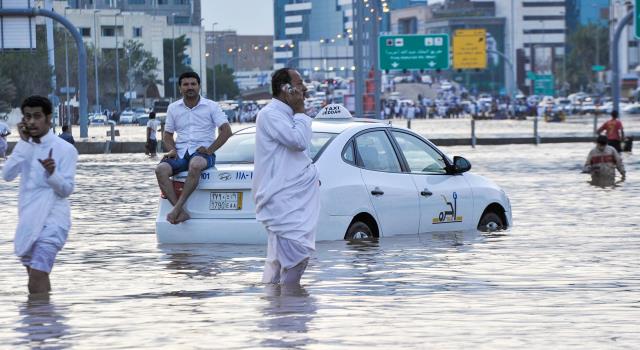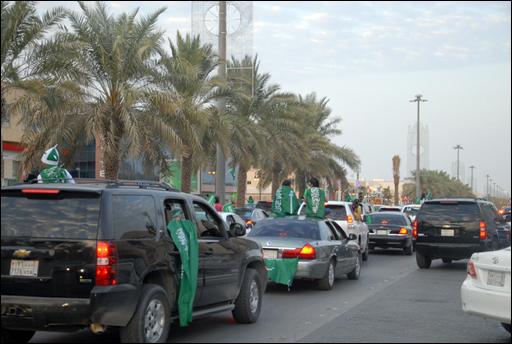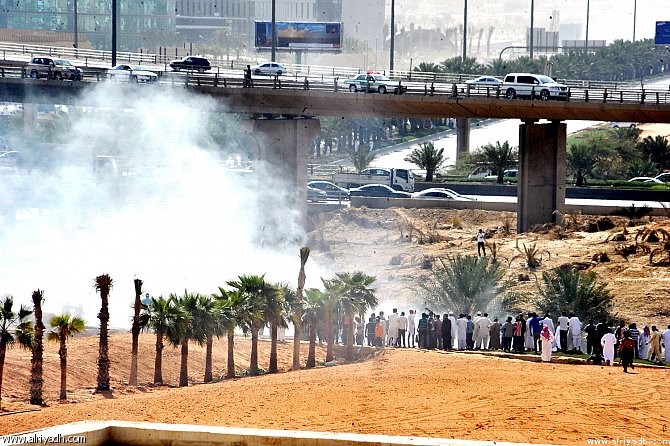HUMAN REACTION TO EXTREME EVENTs
Imagine a scenario where a set of individuals witnesses an unusual event (e.g., heavy rains, a large fire, a protest, etc.). These individuals then tell others in their social circles about it. At the same time, various law enforcement and public safety organizations trying to quickly assess the scope and size of the event. Early on, when the situation is volatile and unclear, these agencies may be able to benefit from tools that can aggregate and analyze the intensity and dynamics of “chatter” generated across various communication mediums by witnesses on the ground. In this paper we ask whether it is possible for external observers (such as public safety agencies) to witness the dynamics of this communication, without monitoring the actual content, and still be able to make an inference about the scope and the size of the event?
This is in fact a plausible scenario, with the existence of communication systems (most notably phones) where the dynamics of traffic (time, volume, network structure) are observed, but typically not the content.
In this work, we study the human dynamics and information propagation of real-world events through the contact networks of mobile phone users. We examined three different extreme events from our dataset. The first was a fire at a remote waste treatment plant. The second was a major sporting event with more than 25,000 attendees. The third was a weather scare in which the forecast of heavy rains prompted early school closures, creating considerable dismay and inconvenience for concerned parents.
We found that we can detect such extraordinary events, as they trigger an anomalous change in behavior and a spike in the communication activity of those who witnessed them. This allows us to make inferences about the event size (localization in space) and time (when it started). However, it does not tell us about the type of the event (e.g., emergency versus celebration). This raises another critical question: Whom do we call during different types of events? Do we call our closest family ties during emergencies and our best friends during concerts and celebrations? Do we call the acquaintances whom we perceive as being physically closest to the event (and thus most likely to be affected), or do we call emergency personnel? Our data allows us to distinguish these scenarios and our preliminary results support the importance of these dynamics in determining the type of the extraordinary event.
A sound quantitative understanding of human behavior under duress is essential for a number of practical problems faced by emergency responders, ranging from emergency detection to traffic control and management.
RELATED AND SELECTED CONTENT:
Aleissa, F., Alnasser, R., Almaatouq, A., Jamshaid, K., Alhasoun, F., González, M.C. and Alfaris, A., 2014. Wired to connect: analyzing human communication and information sharing behavior during extreme events. In Proceedings of the 2014 KDD Workshop on Learning about Emergencies from Social Information (KDD-LESI 2014) (pp. 12-15).




